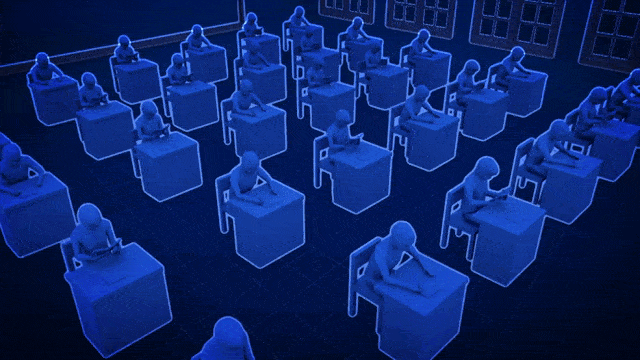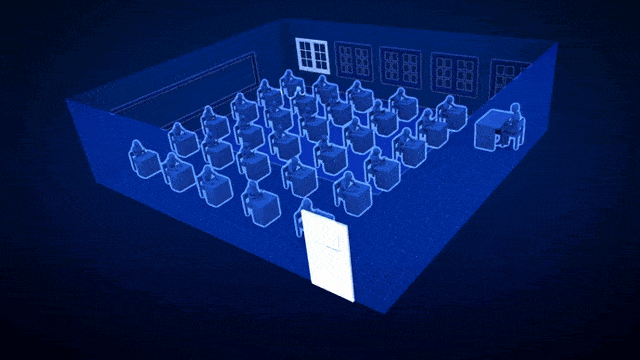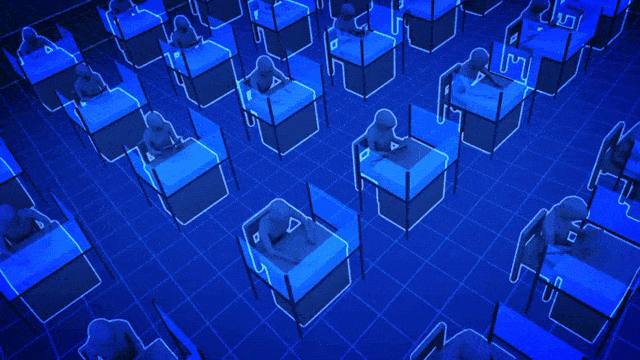As the new school year opens amid another coronavirus surge across the country, the delta variant is causing an unprecedented rise in pediatric COVID cases.
Fifteen percent of all new cases in the country are now in children, according to the American Academy of Pediatrics, and kids COVID-related hospital admissions per capita are at an all-time pandemic high.
As 56 million school children get back to the classroom, health experts say a multipronged defense system is critical: vaccines for those eligible, mask-wearing, hand-washing and social distancing. Also, robust ventilation systems and strategic seating arrangements will prevent poor air circulation from providing a convenient route for the virus to target new hosts.
GMA Investigates teamed up with Lydia Bourouiba, head of the Fluid Dynamics of Disease Transmission Laboratory at MIT, to visualize potential real-life instances of how COVID-19 can spread among students with just one positive COVID case in the room.

By the end of a six-hour school day, one child infected with COVID — whether they have symptoms or not — sitting in the back of a maskless class can spread viral particles throughout the room.
“If we’re not wearing a mask, that contamination is building up, particularly when we’re in a classroom for hours,” Bourouiba said. “But there are simple measures when we bring in fresh air from the outside that are very effective.”
By opening a door at the front of class and opening a window at the back, on the opposite side, the circulation can help flush fresh air in and any viral particles out.

The seating chart should be designed to work with that ventilation, not against it. Bourouiba explained students shouldn’t sit in the way of the airflow’s path because it could risk creating hot zones for transmission within the classroom. Bourouiba recommended placing children’s desks at least 3 feet away from the open doors and windows.
“It’s very important … not to have a student or an individual sitting next to the inlet of fresh air, for example,” Bourouiba said. “We would be extending the exhalation zone of the student sitting there, so if that individual turned out to be infected, that could be a problem.”
Experts say there’s no one secret to reducing COVID-19 transmission in schools and what works in one classroom might not work in another. Classroom size, the number of children and teachers and the ventilation of each room could all impact transmission.

Bourouiba, who has advised schools on COVID precautions around the world, said dividers can do more harm than good. While they’re effective in blocking larger droplets, separators won’t fully stop all viral particles from floating over and around the partition’s edges. The plastic will instead inhibit good air circulation, Bourouiba said, allowing stagnant and potentially contaminated air to linger.

“You’re adding a number of obstacles that confine the space in all these little pockets,” she said. “We are hindering the airflow mixing that we want to create.”
ABC News’ Eric M. Strauss, Sony Salzman, Dr. Mark Abdelmalek and Alex Myers contributed to this report.
Source: Read Full Article
